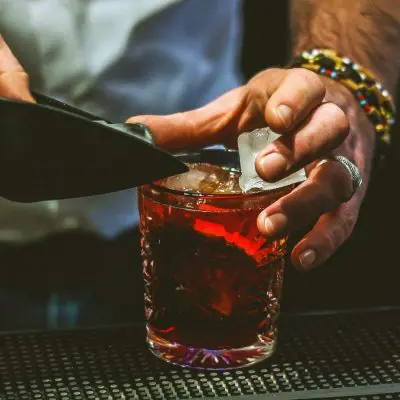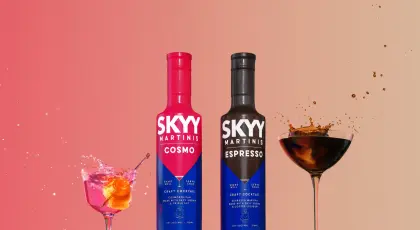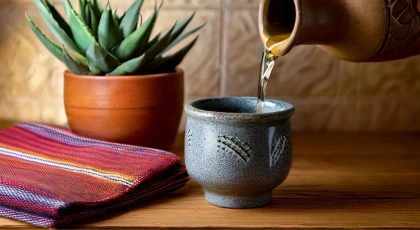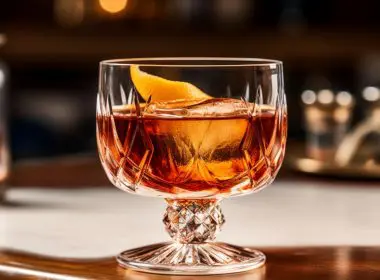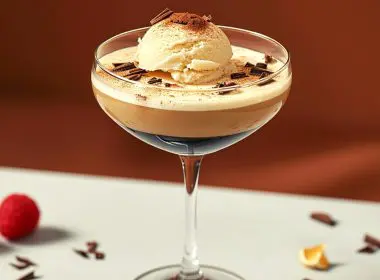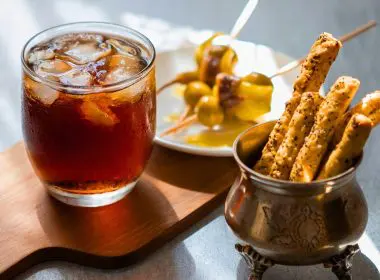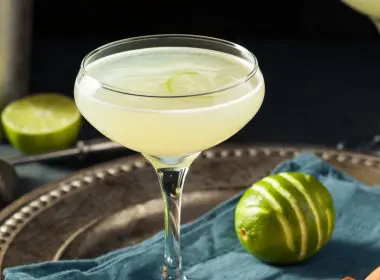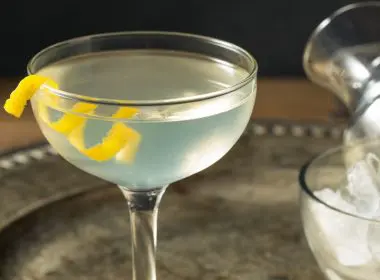Bitter is Better: Why Bitters for Cocktails Are on Everyone’s Lips
Jump to:
Long relegated to the background, bitters for drinks are finally returning to the forefront. In fact, consumers are rediscovering and learning to appreciate this flavor again, thanks to the increasing popularity of a flagship cocktail that appeared in the early 2010s in France: Apérol Spritz.
What is bitterness?

When we talk about bitterness, we naturally turn more easily to certain countries such as Italy. Bitterness is part of the local culture. In this country, which has experienced several periods of famine, herbs, vegetables, and fruits with a powerful flavor have been part of the taste heritage. The Italian fondness for bitterness is found in coffee, bergamot, artichoke, dark chocolate, beer, and in two iconic Italian bitters for cocktails: Campari and Aperol!
What are cocktail bitters?

Until the 18th century, people used bitters for drinks as natural herbs to treat conditions such as stomach pain and seasickness. Today, bitters is found in several alcohols: quinine-based aperitifs, but also spirits aged in new wooden barrels such as bourbon or cognac.
Vermouth also has bitterness, provided by phenolic compounds (mainly catechin and epicatechin) present in stems, skins and grape seeds.
How to drink bitters for cocktails

In a cocktail, there are two ways to bring bitterness to your drinks: “ready-to-drink Bitters” and “concentrated Bitters”.
Ready-to-drink bitters
Ready-to-drink bitters can both be used as an ingredient in a cocktail and also be enjoyed plain on ice before or after a meal, with aperitif or digestive virtue. This is, for example, Campari.
Concentrated bitters

This type of bitters is much more concentrated, with a very strong bitter flavor. Concentrated bitters for cocktails are the main ingredients in drinks such as the famous Manhattan and Sazerac. They are very versatile and there are many varieties with different aromatic profiles (aromatics, citrus fruits, herbs, nuts…).
Why use bitters in a cocktail?
For two main reasons: to balance a cocktail, or complicate it (in a good way).
Bitters to balance a cocktail
Balance is one of the terms that bartenders and cooks regularly use to define the ideal tension between different tastes. For example, acidity and sweetness are directly opposed. When sugar dominates acidity, cocktails can be perceived as disgusting and heavy.
Conversely, drinks that are too sour can be unpleasant. But it is also possible to counterbalance the sugar of a cocktail via bitterness. And if your cocktail is too bitter, it is possible to rebalance it via salty, with a saline solution for example.
Bitters to complicate a cocktail

Adding bitterness to a cocktail does not necessarily mean that it will have a strong bitter flavor. Bitters make it possible to highlight other flavors and give the drink more depth.
For example, in the Jungle Bird, a tiki cocktail, the addition of a bitter brings complexity to the recipe:
- 45 ml of Rum
- 15 ml of Campari
- 45 ml of pineapple juice
- 15 ml of lime juice
- 12.5 ml of sugar syrup
